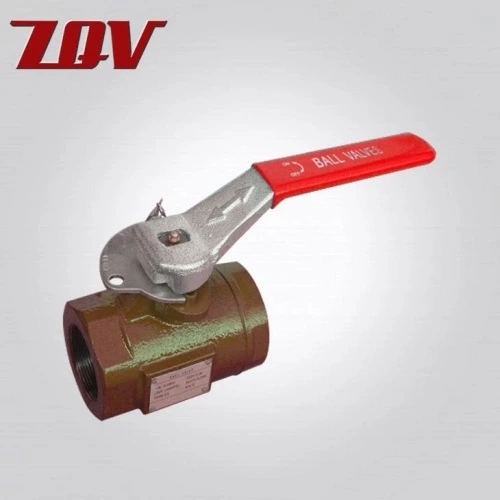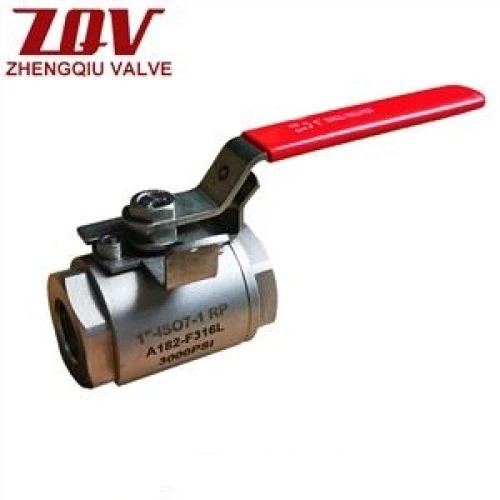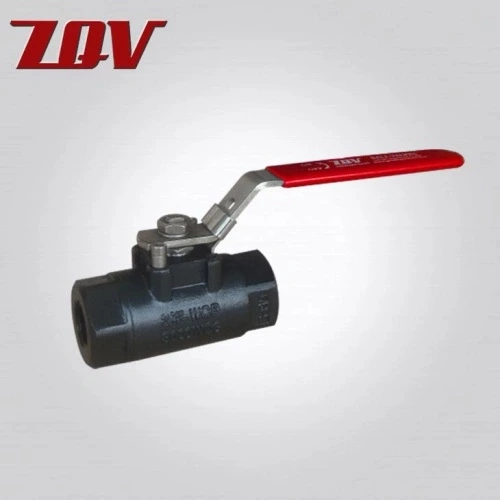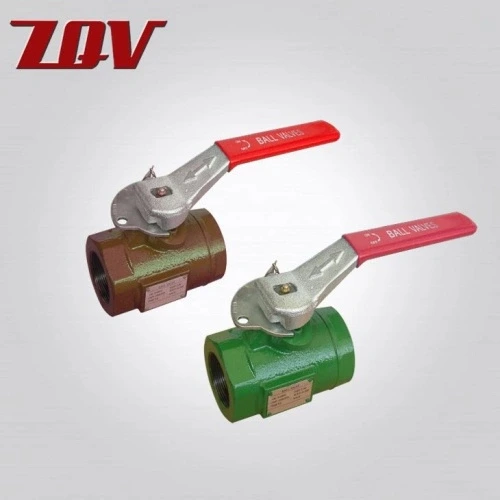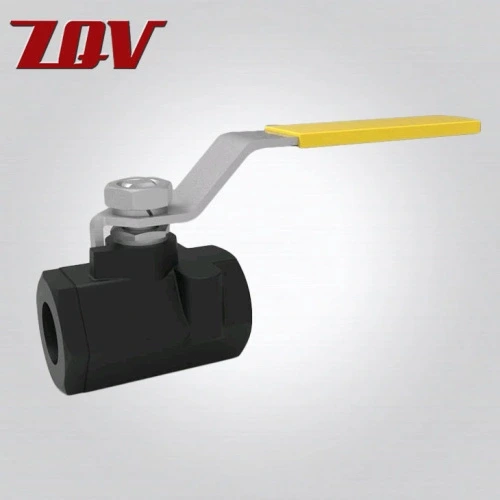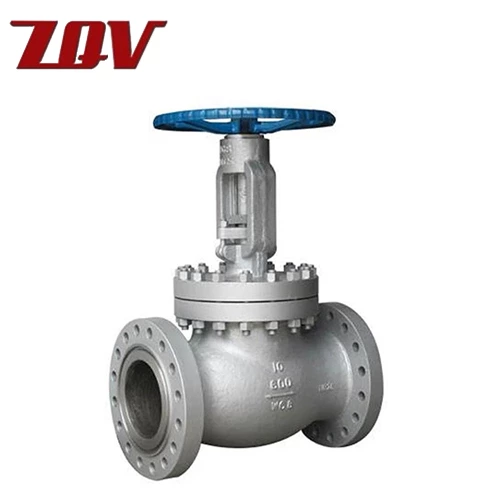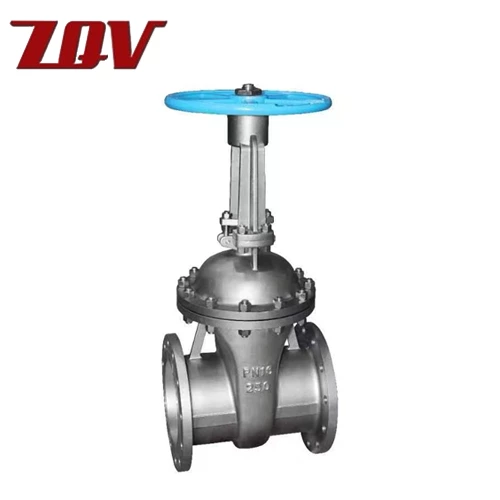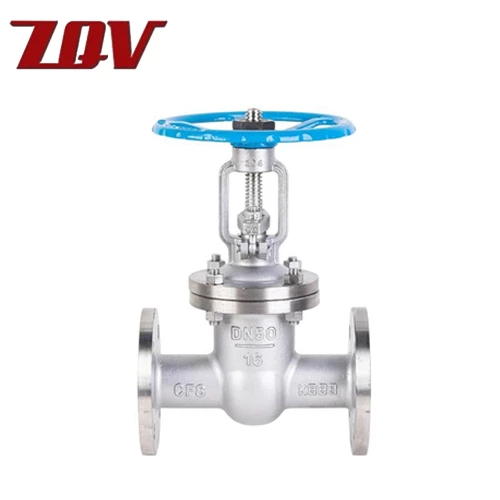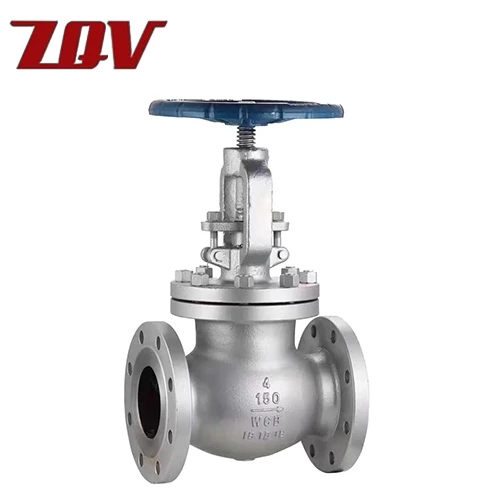How Does An Oilfield Ball Valve Work?
oilfield valves play a vital role in the oil and gas industry. As a critical control device, ball valves not only help regulate and shut off oil and gas flows, but also play an indispensable role in ensuring equipment safety, improving operational efficiency, and preventing environmental pollution.
To ensure the long-term and stable operation of oilfield ball valves, it is crucial to understand their structure, application areas, and how to effectively manage and maintain them.
This article will discuss oilfield ball valves in detail from four key perspectives: fuel selection and distribution, data collection and management, safety features, and environmental responsibility.
Fuel Selection and Distribution
The design and use of oilfield ball valves are heavily dependent on fuel selection and distribution. During the oil and gas extraction process, different types of fuels (such as natural gas and crude oil) need to be transported through pipelines to various storage and distribution systems. The operating principle of ball valves determines their core role in this process.
The structural design of oilfield ball valves enables flexible regulation and distribution of different fuels. They can control the flow and direction of fuel according to demand. In the oilfield working environment, ball valves, with their high pressure resistance and corrosion resistance, effectively withstand the harsh conditions and ensure the safe transportation and proper distribution of fuel.
Data Collection and Management
In oil field ball valves applications, data collection and management are key factors in improving efficiency and ensuring safety. With the continuous expansion of oilfield production, traditional manual operation and monitoring methods are no longer sufficient, and modern intelligent systems are becoming a new development trend. Ball valves are equipped with various sensors and data acquisition devices to monitor key information such as flow, pressure, and temperature in real time.
Through an effective data management system, the operating status of ball valves can be accurately recorded and tracked. Data management not only helps predict equipment maintenance needs and avoid unexpected failures, but also helps optimize resource allocation and reduce production costs. The collected data also provides valuable information for subsequent technological improvements, further promoting the development of ball valve technology.
Safety Features
Safety is a fundamental requirement for oilfield ball valves. During the extraction and transportation of oil and gas, any careless operation or equipment failure could lead to a safety incident or even serious environmental pollution. To minimize this risk, oilfield ball valves are often equipped with multiple safety features.
Ball valves are typically made of high-pressure and corrosion-resistant materials, enabling them to operate in extreme environments. Ball valves are designed with automatic shutoff features in mind in emergency situations and can also be equipped with alarm systems to promptly alert personnel when a system anomaly occurs, allowing them to take swift action.
Oilfield ball valves must also comply with relevant safety standards and regulations. For example, ball valve designs must undergo rigorous safety tests, such as pressure and leak tests, to ensure they can effectively prevent dangerous accidents in actual use.
Environmental Responsibility
oilfield ball valves not only play a vital role in ensuring production safety and improving efficiency, but their environmental performance is also crucial. The extraction and transportation of oil and natural gas is an energy-intensive industry. Any equipment failure or operational error can lead to oil and gas leaks, which in turn pollute the environment. Therefore, oilfield ball valves must be designed and used with environmental responsibility in mind.
The sealing performance of ball valves is crucial for controlling oil and gas leaks. Modern oilfield ball valves utilize advanced sealing technology to ensure excellent sealing performance, even under high-pressure and high-temperature environments, preventing oil and gas from escaping. Ball valves also utilize environmentally friendly materials to reduce harmful emissions.
Conclusion
Through rational fuel selection and distribution, advanced data collection and management systems, rigorous safety design, and a strong sense of environmental responsibility, oilfield ball valves are poised to play an increasingly important role in modern oil and gas production. With technological advancements and increasing environmental protection requirements, the performance of oilfield valve manufacturers will continue to improve, contributing further to the sustainable development of the industry.
